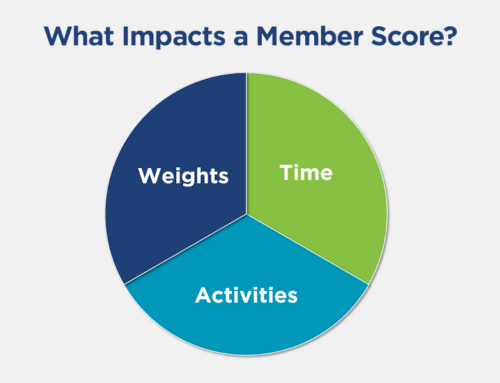Business Intellig
Gartner suggests we may be headed there, predicting that by 2017 most business users and analysts in organizations will have access to self-service tools to prepare data for analysis (http://www.gartner.com/newsroom/id/2970917).
“End-user clamor for access to business data, combined with IT’s inability to satisfy this need, has manifested in self-service BI initiatives in many organizations. The growing increase in data volume, velocity and, especially, variety has further fueled this trend. Vendors have responded with mass consumable, broadly deployable, easy-to-use and, often, cloud-based technologies for basic query, analysis and reporting.”
But we’re definitely not there yet. When business leaders can have a “conversation with data” directly, and reduce the resource drain and dependence on IT in order to do it – that is a sign of progress. However circumventing IT completely, especially from a governance perspective, can be dangerous:
“As a result of the limited governance of self-service BI implementations, we see few examples of those that are materially successful — other than in satisfying end-user urges for data access,” said Doug Laney, research vice president at Gartner.
Besides the lack of governance, staff in business roles within an organization may lack the capabilities to analyze and interpret data. So despite the increase in “simple” and turnkey analytics solutions, a strong demand remains for service providers to help organizations understand and implement them. There is a need for close collaboration between IT and business staff.
Interestingly, many of these service providers take their cue from product vendors when it comes to the emphasis on the speed and simplicity of their solutions. They advertise rapid fire BI with quick, easy, self-service analytics, in seconds. It’s all about fast results with little or no attention given to lasting value. There is nothing wrong with speed and simplicity, but associations need a strong foundation in data quality and analytical thinking before they can reap the full benefits that analytics solutions offer. Learning the basics of data discovery and visualization and reducing the reliance on IT is only the beginning. It creates momentum and a foundation to build on during the engagement, but it does not ensure lasting value.
It’s been written often, including on this site, that analytics engagements are more about culture shift and change management than technology solutions. So we embrace the arrival of self-service Association Analytics, but self-service does not mean it should be implemented without guidance and training. Smart associations will still complement the tools by:
- Developing a long term partnership with an analytics firm that has deep association domain expertise to help connect the dots
- Investing in ongoing practical training which is based on real use cases, using your association’s own data
- Endorsing and supporting the culture shift to embrace the analytical mindset by monitoring and removing barriers to adoption, instead of not just focusing on the technology
Fast and simple are great. But Association Analytics is a strategic change initiative that includes understanding the association’s business, data and culture. Just as it is not wise to self diagnose and treat a medical condition without consulting with a doctor, associations who successfully implement data analytics need an analytics expert who can prescribe the path to success based on the organization’s strategic plan.



